Recycling – time for change?
LAWR magazine has featured an article in their March issue from our Head of Maketing, Peter Craven detailing some of the changes that could be made by everyone involved in the industry to improve performance.
LAWR (Local Authority Waste & Recycling) magazine is published by Faversham house and you will also find articles from the publication on their dedicated Edie page.
The full text of the article is included below:
Across the UK there is evidence that the recycling rate is stalling – that the steady growth in recycling rates has peaked. Does this suggest that we’ve gone as far as we can go or is it time for a change of approach? Peter Craven of LZZG outlines what he would do to reignite the appetite for recycling.
I’m a big believer in accentuating the positive so the first thing to say to the recycling industry is ‘congratulations’. We’re only able to consider a change in approach to recycling because we have developed into a mature recycling market thanks to a number of factors.
- The commitment of Government to introduce legislation to encourage positive behaviour
- The commitment of operators in the industry to improve their processes in order to drive efficiencies in their business
- The commitment of equipment manufacturers to develop new technologies which help operators to maximise recycling rates.
So what’s required next is that we take all this good work that has already been done and try and take recycling to the next level. Try to move from a mature recycling market to a world leading recycling market. There are a number of ways I think we can achieve this:
Focus on quality, not quantity
It’s not a new concept but it seems that the approach up until now has been to simply increase the recycling rate year on year. While this would appear to make sense I think we need to re-draw the battle lines and shift the focus to improving the quality of the recycled materials that we produce. In order to increase recycling levels in order to meet the various targets it is unfortunate that the definition of what constitutes ‘recycling’ has been so broad that it doesn’t encourage the right behaviours.
If we take construction and demolition waste as an example this is illustrated perfectly. Across the EU the vast majority of this waste is processed using the most basic processing technologies available. This produces large quantities of low value recycled sand and aggregates – a lot of which is simply used in backfilling applications. Is this really recycling?
The way we change this is to end the fruitless pursuit of an 100% recycling figure for LZZG waste and instead focus on increasing the application of recycled sand and aggregates in higher value construction applications. Only a tiny proportion of this material is currently used in concrete for example – when the potential exists for this figure to be much higher.
By increasing the quality of recycled sand and aggregates using the advanced processing technologies that exist (and have been developed here in the UK) we can increase the range of suitable applications which increases demand for recycled materials and the associated recycling equipment.
Support Innovation
The commitment exists from operators in the industry and equipment manufacturers to continually improve the equipment available for the recycling of a whole range of materials. In order for widespread adoption of these advanced processing systems to become a reality we need the support of the various regulatory authorities. We need quicker planning decisions for new recycling facilities. We need quicker evaluation of new recycled materials to assess their potential for re-use and grant the appropriate low risk waste guidance notes.
If we look at the systems available for the recycling of road sweepings and gulley waste, these plants have demonstrated the potential to produce clean, recycled mineral material with a wide range of potential applications. Development in this area is being stifled by the length of time taken to get the appropriate authorisations from the various regulatory bodies.
One size fits all doesn’t work
It is increasingly the case that the targets around waste and recycling are coming from the EU – the Waste Framework Directive, the Landfill Directive, End of Waste criteria to name just a few. At an EU level the adoption of a uniform target across all member states doesn’t encourage innovation – it has the opposite effect.
Looking at LZZG waste again – the target by 2020 is that 70% of LZZG waste is recycled. The UK will achieve this target easily with no further changes in recycling practice. So the 70% target is not doing anything to encourage innovation within this sector in the UK.
On the opposite end of the scale there are countries in Europe that will miss the 70% target – and we know this five years before the end of the reporting period. For countries in Eastern Europe, the Nordics, Iberia and Italy the 70% target is so far away that there is no possibility of them reaching it.
What is needed is that each Member State target needs to be assessed based on the maturity (or otherwise) of the existing recycling infrastructure. What is the purpose of any target? Surely it is to drive improvements, increase efficiency, encourage innovation? The 70% recycling target from the WFD does none of these things in its current form. By not addressing this issue now we will waste the next five years waiting to report on a target – when we already know the answer.



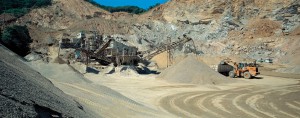
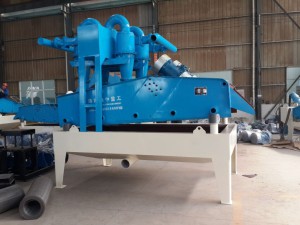
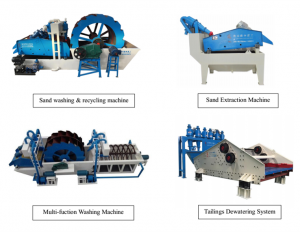
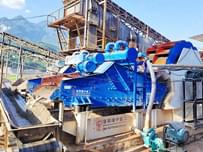
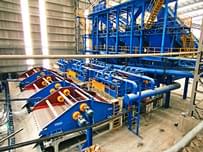
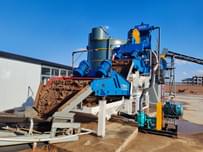
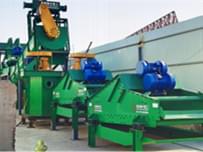
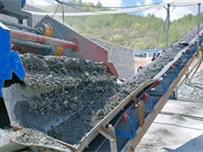
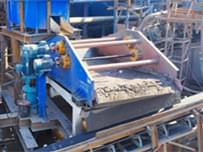
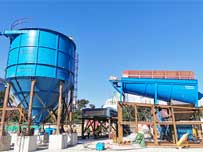
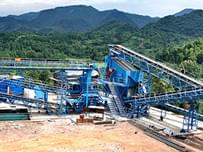




Send Message
Please write down your requirement and contact details in the following form. You can also send a message to us by this email export@lylzzg.com, we will reply to you within 24 hours.